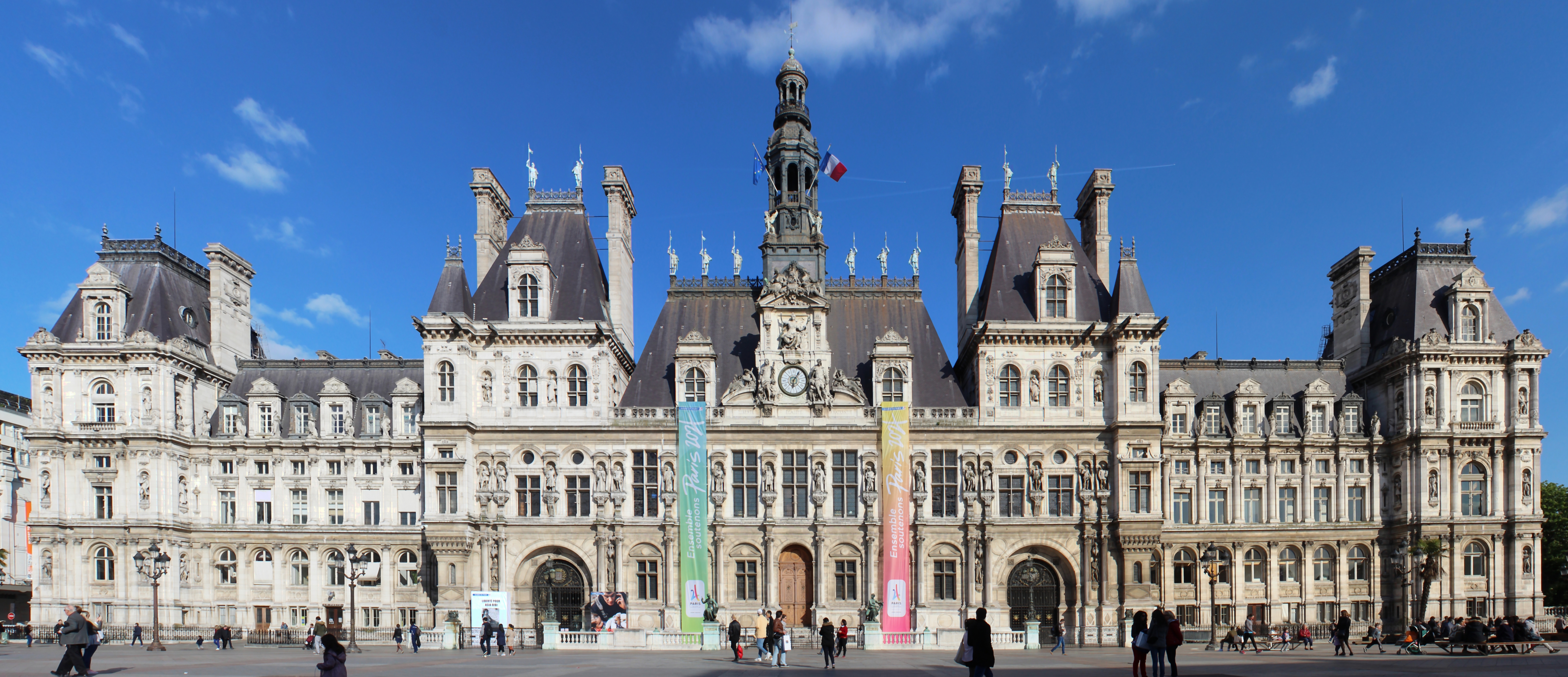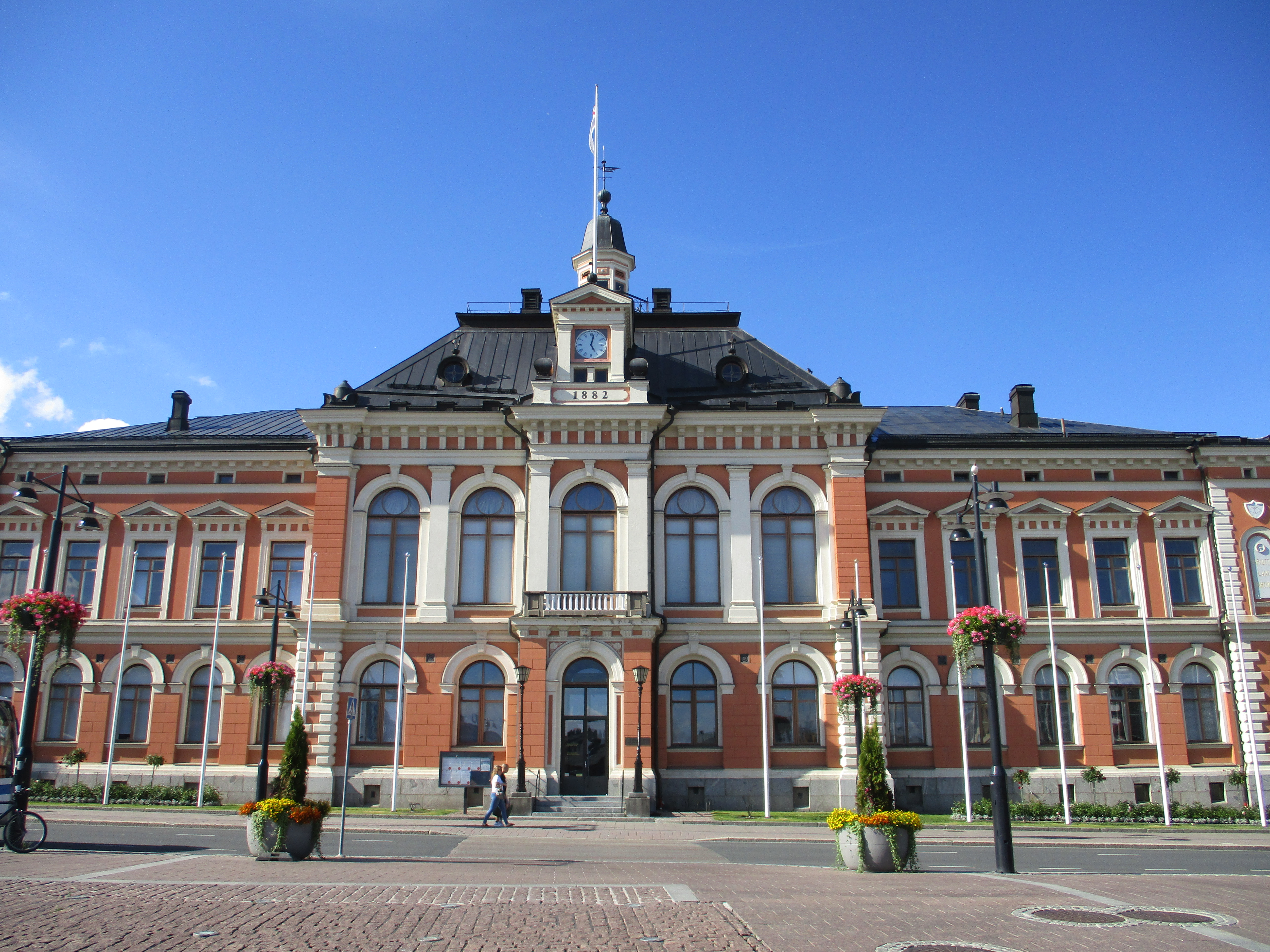Renaissance revival (Architecture)
Enlarge text Shrink text- American Tract Society Building, 1999:p. 1 (Renaissance revival)
- AAT database, July 6, 1999:Styles and periods hierarchy (Renaissance revival)
- Encyc. Am. architecture, 1994:p. 179 (Renaissance revival)
- Am. architecture since 1780, 1969:p. 75 (Renaissance revival)
Renaissance Revival architecture (sometimes referred to as "Neo-Renaissance") is a group of 19th-century architectural revival styles which were neither Greek Revival nor Gothic Revival but which instead drew inspiration from a wide range of classicizing Italian modes. Under the broad designation Renaissance architecture 19th-century architects and critics went beyond the architectural style which began in Florence and Central Italy in the early 15th century as an expression of Renaissance humanism; they also included styles that can be identified as Mannerist or Baroque. Self-applied style designations were rife in the mid- and later 19th century: "Neo-Renaissance" might be applied by contemporaries to structures that others called "Italianate", or when many French Baroque features are present (Second Empire). The divergent forms of Renaissance architecture in different parts of Europe, particularly in France and Italy, has added to the difficulty of defining and recognizing Neo-Renaissance architecture. A comparison between the breadth of its source material, such as the English Wollaton Hall, Italian Palazzo Pitti, the French Château de Chambord, and the Russian Palace of Facets—all deemed "Renaissance"—illustrates the variety of appearances the same architectural label can take.
Read more on Wikipedia >
 Topic
Topic
















